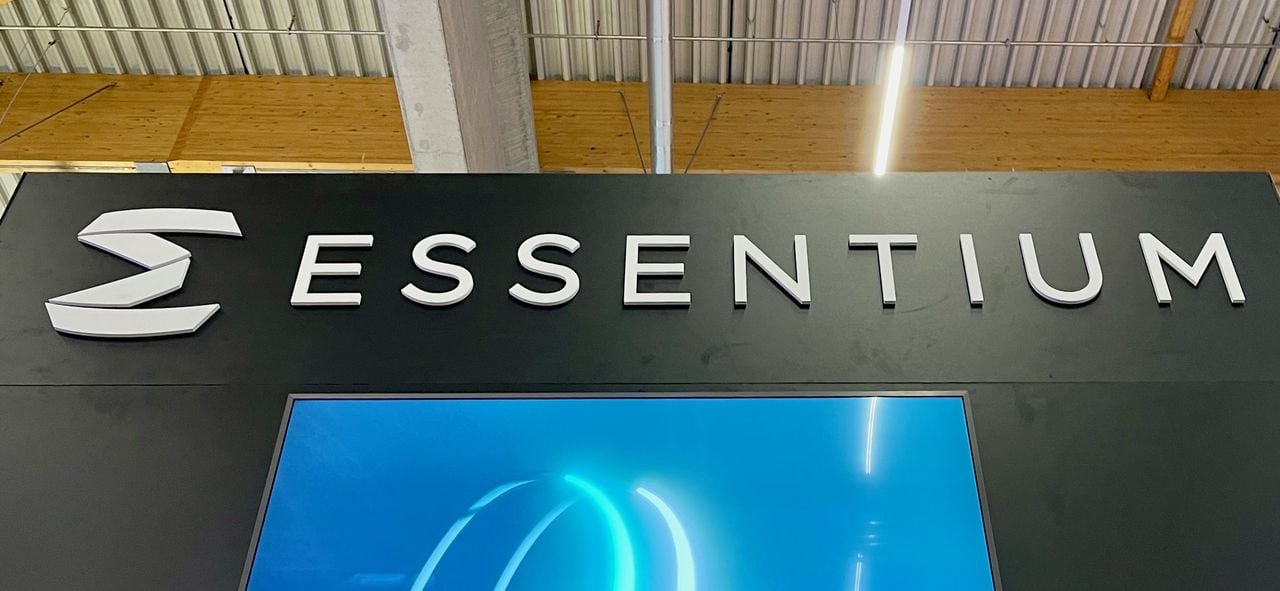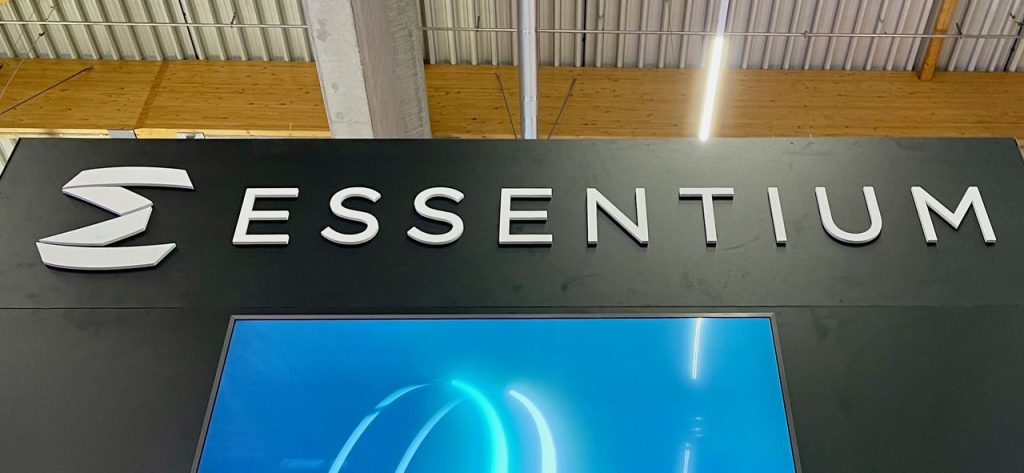
I had a chat with Essentium’s CEO, Blake Teipel the other week and learned about their increased focus on quality.
While some 3D printer manufacturers focus on consumer or professional applications, Essentium is all about production. Their equipment is specifically designed for that purpose; for example, their gear can print polymer objects at high speeds and throughput.
They have also been adding a long list of powerful engineering materials suitable for end-use parts, many of which have been developed in conjunction with specific client needs.
The result is a series of customers that are indeed using Essentium equipment for the production of end-use and prototyped parts. An increasing number of these applications are of a critical nature. Teipel explained:
“We have many parts being produced for military aerospace. In fact, there are three parts now being made for F15 fighters … that we know of.”
That last part is important: Essentium, and other 3D printer manufacturers, do not always know what is being made with their equipment. In particular, the secret environments of the military keep designs and usage close.
The point here is that those very environments are extremely concerned about the quality of parts because they are used in critical systems.
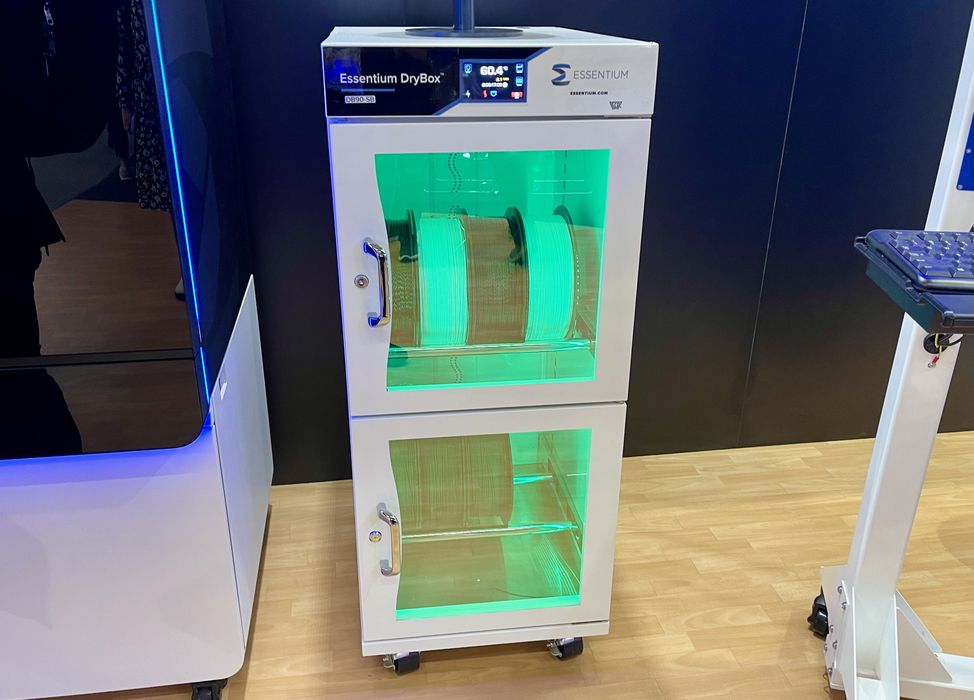
But why would these organizations trust Essentium’s quality? It turns out that the company has been taking multiple steps to increase print quality. One of them was the introduction of an external “DryBox” that ensures the continuing quality of filament used for printing.
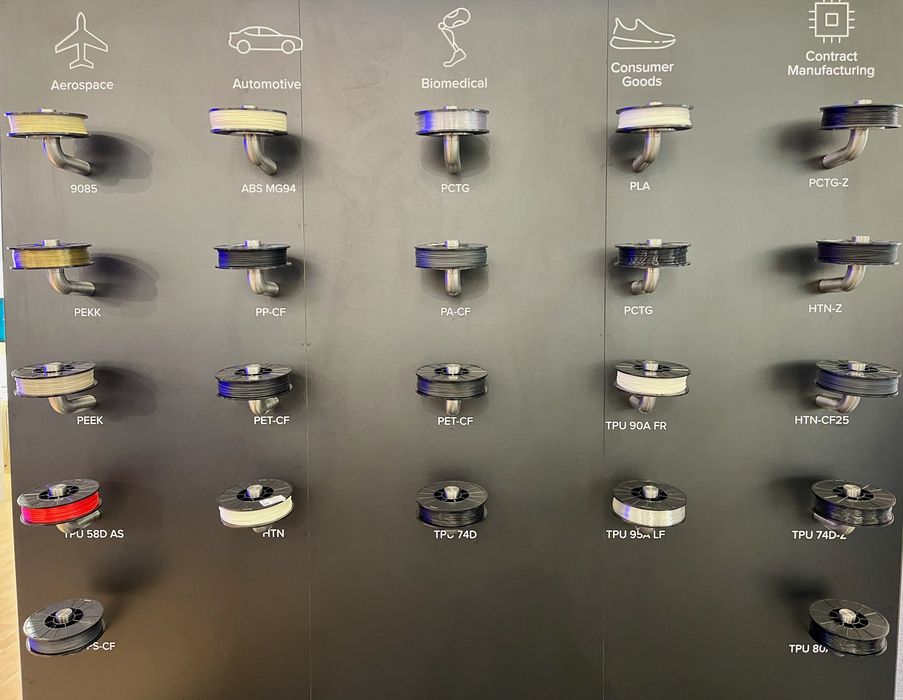
Another is what they’ve been doing with materials. Not only have they been introducing specific advanced materials sought by customers, but they’re also introducing a new quality system for the spools themselves.
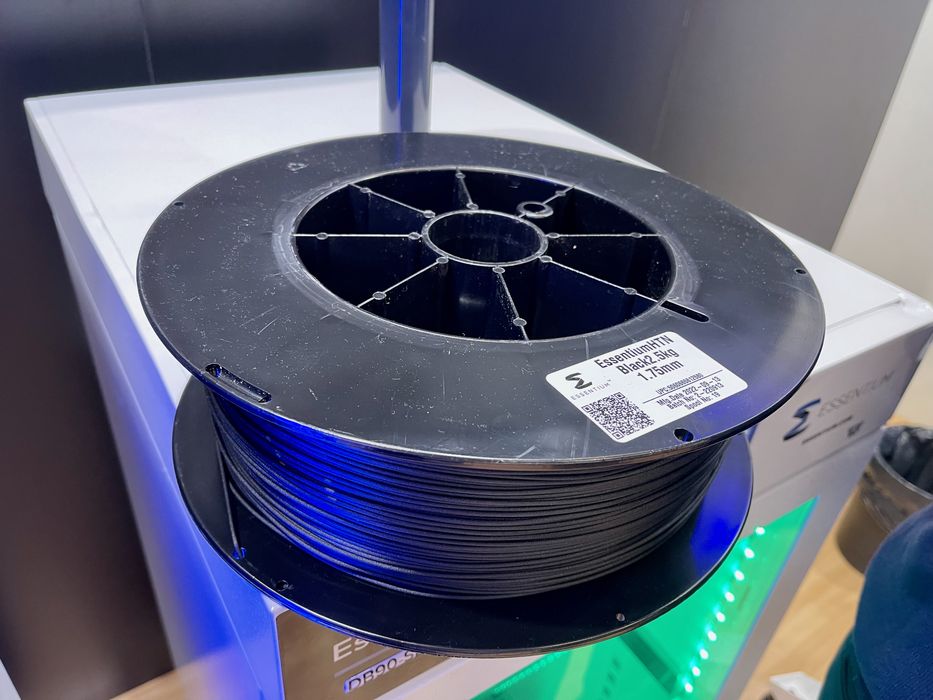
Here you can see one of these material spools. You’ll notice a QR code on the spool, which, when tagged, leads you to this:
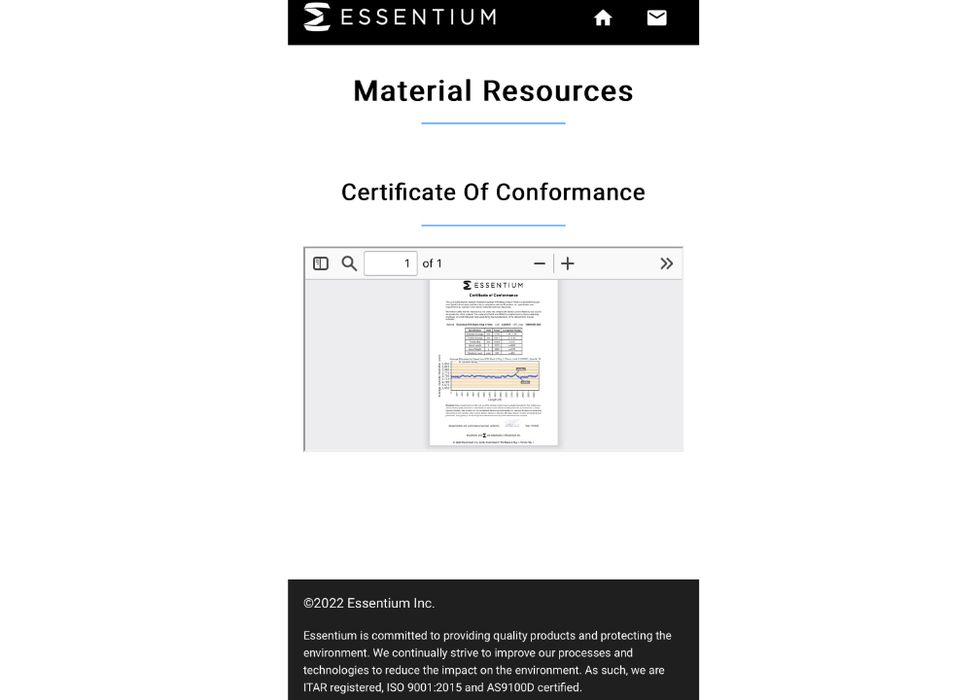
It’s a complete description of that particular spool and its history. While you might think this is the same as Prusament’s QR code that shows you the manufacturing quality report for the item, Essentium goes much, much further. It’s an entire compliance document that tracks that specific spool from “pellet to part”, as Teipel explained.
You’ll note at the bottom of the report is the statement:
“Essentium is committed to providing quality products and protecting the environment. We continually strive to improve our processes and technologies to reduce the impact on the environment. As such, we are ITAR registered, ISO 9001, 2015 and a S9100D certified.”
If you’re not familiar, ITAR is a really important certification. It is short for “International Traffic in Arms Regulations”, and describes a series of procedural steps and policies that a company would undertake to ensure compliance. In other words, it prevents weaponry from getting to the bad guys.
The production of arms are under ITAR regulations, and as such ANY steps involved in that production must ALSO be ITAR certified. The presence of the ITAR stamp on that spool means it can be legally used in ITAR-certified production.
Any other material cannot be used.
The response from customers is significant. Teipel said:
“Customers now tell us ‘We can use this now!’”
The implication is that other 3D print providers are effectively locked out of that market until they too achieve ITAR certification. It also sounds like Essentium may be white labeling their material for other providers wishing to enter the ITAR market.
While some 3D printer manufacturers make machines, Essentium seems to be “making their market” in addition to the equipment.
Via Essentium

